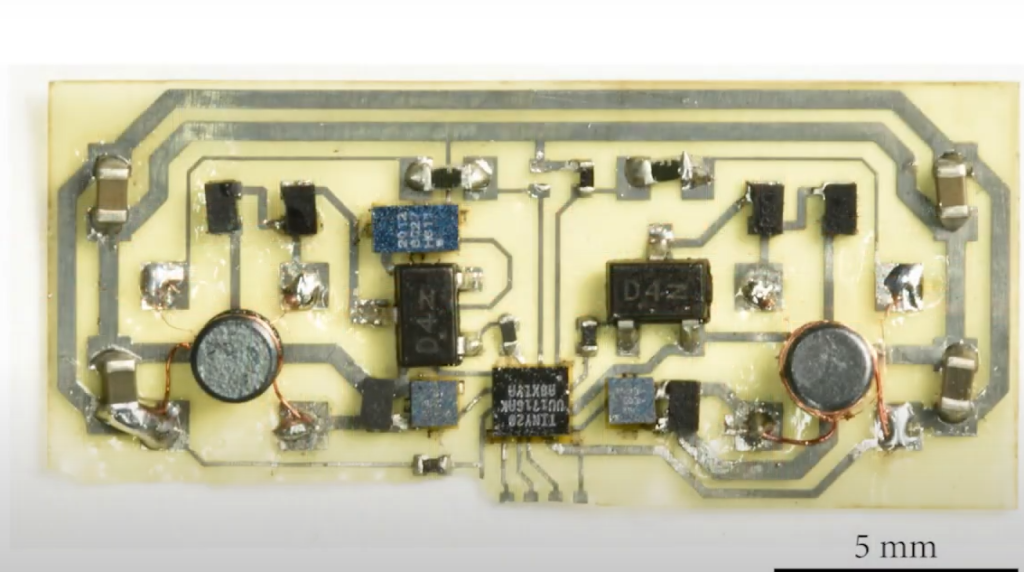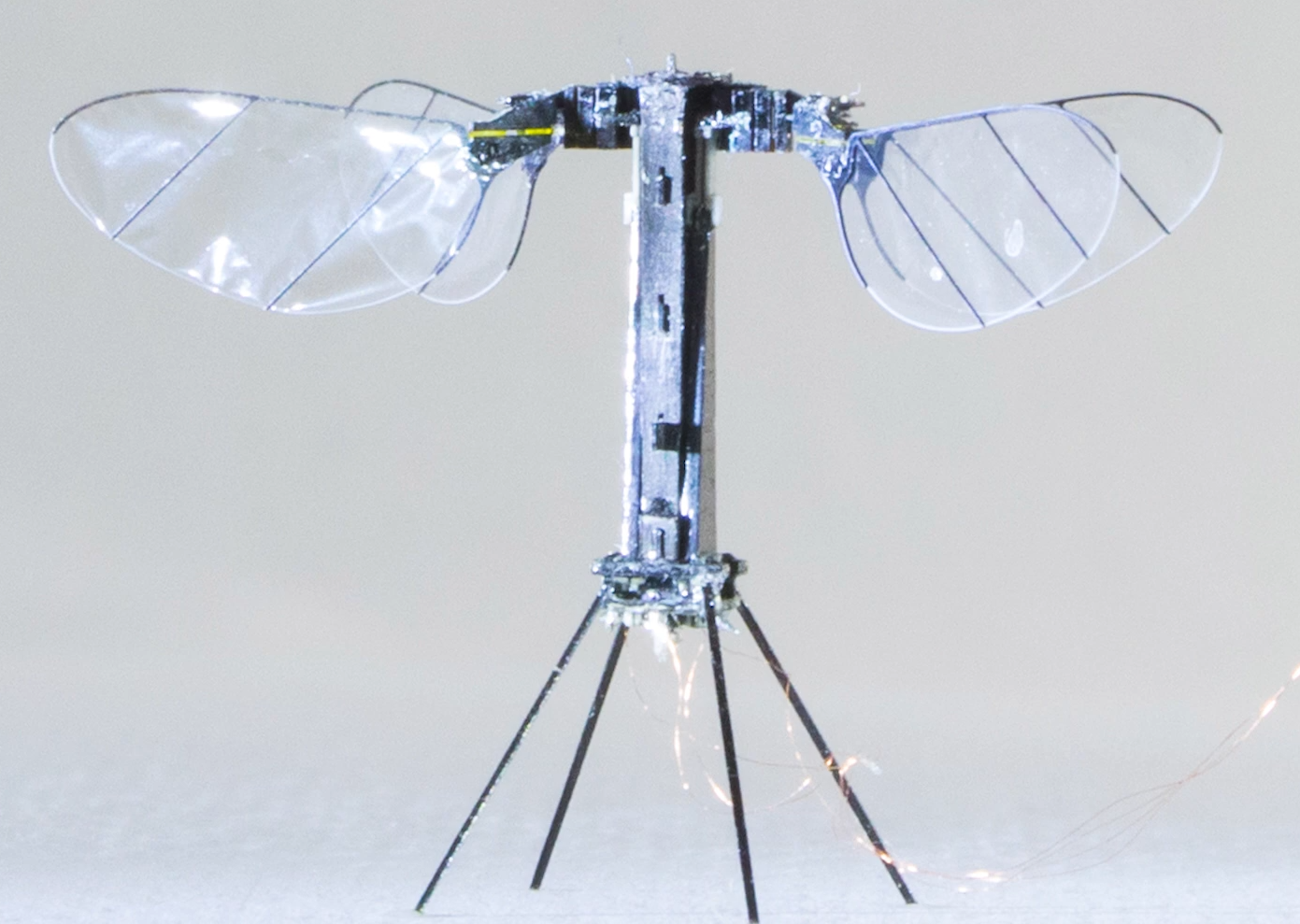MIT’s Tiny Insect Drones Achieve 100x Longer Flight Times, marking a groundbreaking milestone in drone technology. These insect-sized robots, developed by researchers at the Massachusetts Institute of Technology, can now fly 100 times longer than their previous models. This achievement is not just a technological triumph but a leap forward in applications ranging from environmental monitoring to search-and-rescue operations.
Revolutionary Design Inspired by Nature
The micro-drones, which weigh less than a paperclip, can hover for approximately 1,000 seconds (over 16 minutes), a significant improvement compared to earlier designs. The key to this advancement lies in their biomimetic design, inspired by natural pollinators like bees. By reducing the number of wings from eight to four and optimizing the wing hinges, the researchers minimized mechanical stress and improved lift efficiency. This innovative structure not only enhances flight duration but also allows for complex aerial maneuvers, including double aerial flips.
Engineering Breakthroughs Driving Longer Flights
The core of this breakthrough is the redesigned wing mechanism, which reduces energy consumption while maximizing aerodynamic efficiency. The researchers employed lightweight materials and advanced micro-actuators, enabling the drones to achieve greater stability and endurance. This design also provides space for potential payloads such as tiny batteries or sensors, paving the way for autonomous outdoor missions.

Potential Applications in Various Fields
One of the most promising applications of these robotic insects is mechanical pollination. With declining bee populations posing a threat to global agriculture, these drones could play a crucial role in crop pollination. Their small size and agility also make them ideal for search-and-rescue operations in disaster-stricken areas where traditional drones may struggle to navigate.
Additionally, these micro-drones could be used for environmental monitoring, military reconnaissance, and even space exploration, where compact and efficient devices are essential.
Real-World Impact and Future Prospects
According to MIT’s research team, the drones’ extended flight times and resilience make them suitable for deployment in swarms, allowing for large-scale data collection and surveillance. Their ability to operate in confined spaces and harsh environments adds to their versatility, making them valuable tools for both civilian and military applications.
For more technical details about the development of these drones, you can refer to MIT’s official research.
Conclusion: A New Era of Micro-Drone Technology
MIT’s insect-sized drones represent a significant leap forward in robotics, combining extended flight durations with unparalleled agility. Their potential applications in agriculture, disaster response, and environmental monitoring highlight the transformative impact of this technology. As researchers continue to refine these drones, we can expect even more innovative uses that will benefit society on a global scale. [USnewsSphere.com]





